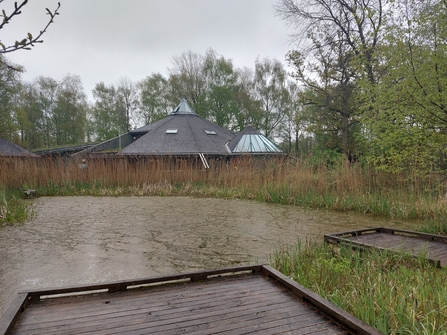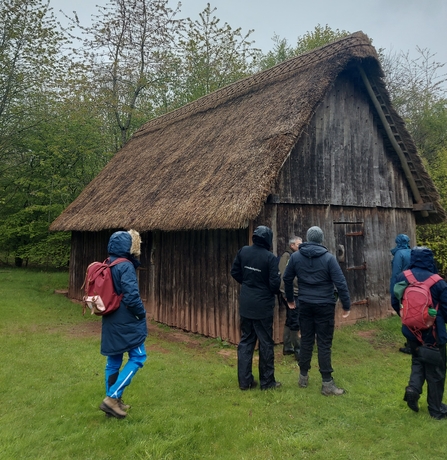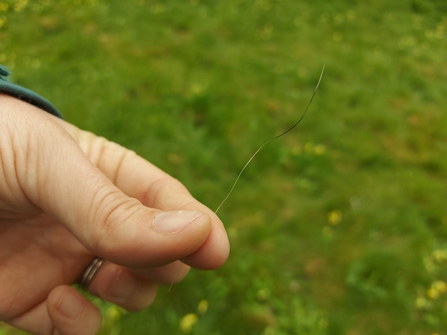Since my last blog in January, spring has come into bloom and the nature reserves are looking full of life. While we have been out getting jobs done, I’ve also been getting to know some of the spring flowers you can find around the reserves. I’ve been fortunate to have had some days working at The Knapp and Papermill nature reserve, where there is an abundance of ramsons/wild garlic in flower and beautiful bluebells in the woodland areas. In the meadows I’ve spotted cuckooflowers and cowslips and along paths there’s the odd herb Robert or wood spurge – all in one nature reserve! And that’s just flowers at this time of year; I look forward to discovering what the later seasons bring.
With spring being a season of change, it’s also brought a change in the trainee team. We’ve had to say our farewells to Charlie and Patrick. They’ve been a pleasure to work with and wherever they go will be lucky to have them - I wish them all the best! The past few weeks I’ve been enjoying getting to know and working with my new teammates Jack, Derren and Jess.
The traineeship offers a budget to pay for courses and training, which is fantastic to build a skillset for a career in conservation. Last month I attended a beginner course with the Field Studies Council on animal monitoring and management. Led by our tutor Mike Deane, I learnt alongside fellow trainees Anna and Jess about what key animal species are surveyed, survey methods and relevant legislation. It was a great way to build my base knowledge in general ecology and what’s involved.




